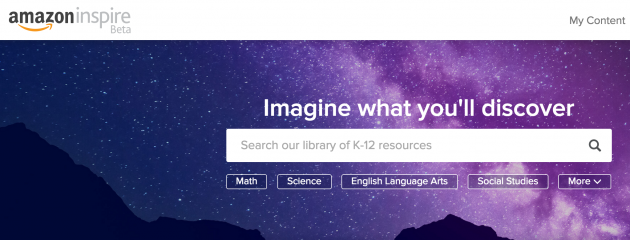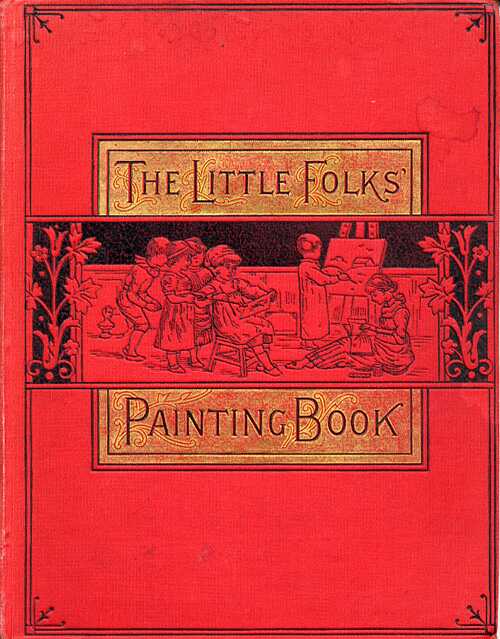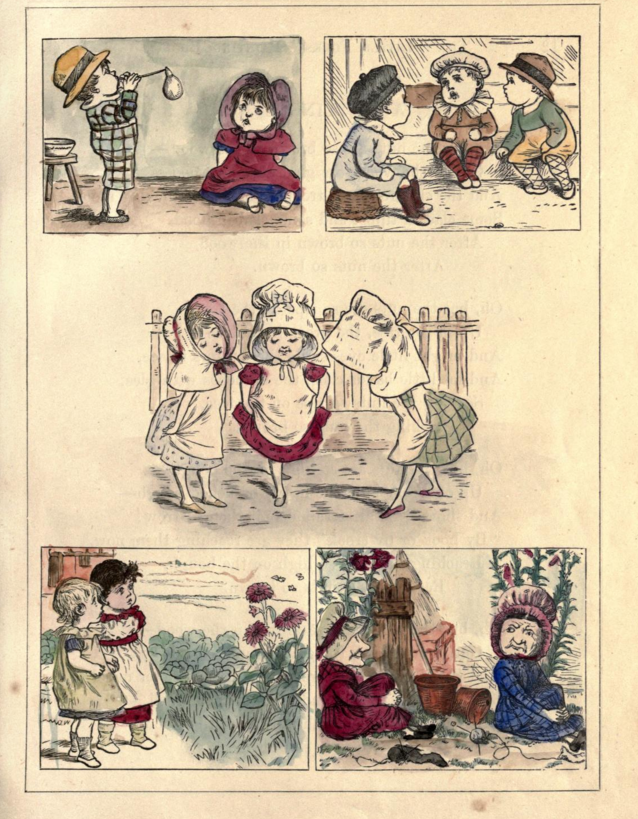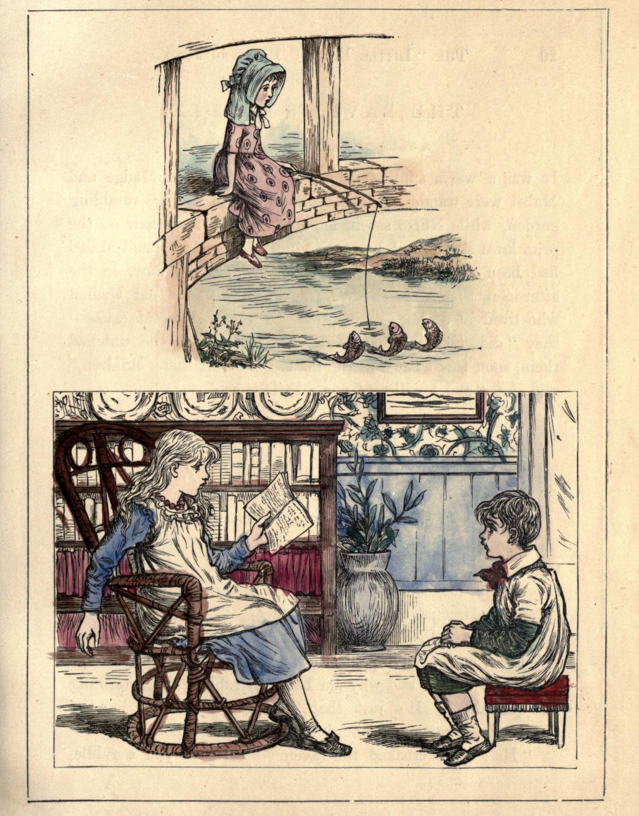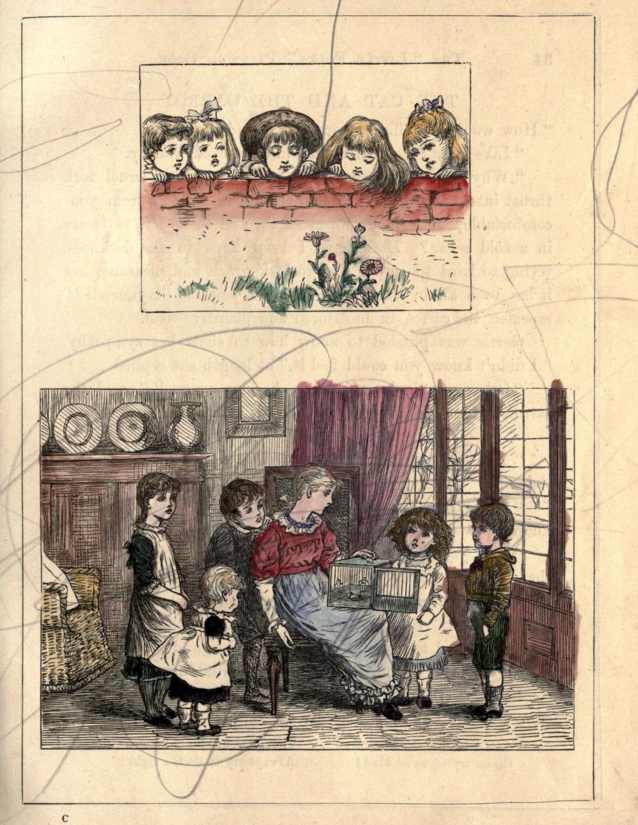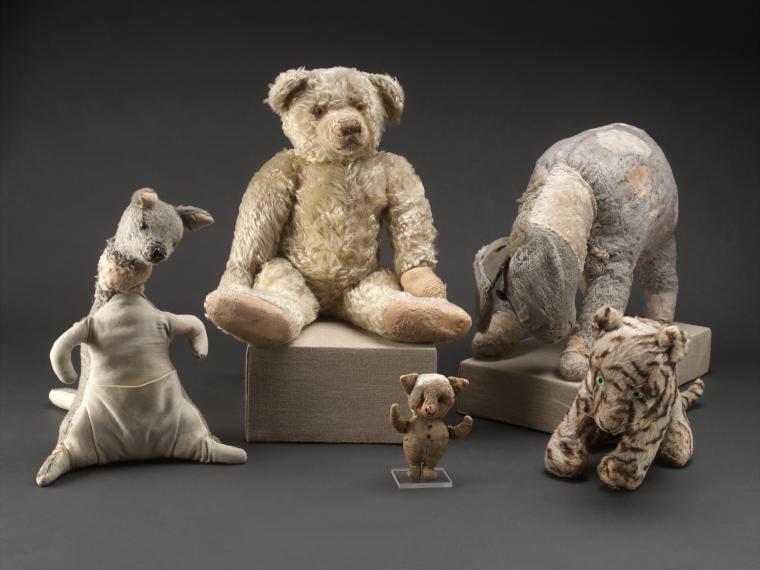Zombies, alien overlords, sharks, a mad dictator…math is a dangerous proposition in the hands of TED Ed script writer Alex Gendler.
The recreational mathematics puzzles he retrofits for TED’s educational initiative have been around for hundreds, even thousands of years. In the past, storylines tended to rely on biases 21st-century puzzle solvers would find objectionable. As mathematician David Singmaster told Science News:
One must be a little careful with some of these problems, as past cultures were often blatantly sexist or racist. But such problems also show what the culture was like.… The river crossing problem of the jealous husbands is quite sexist and transforms into masters and servants, which is classist, then into missionaries and cannibals, which is racist. With such problems, you can offend everybody!
Gendler’s updates, animated by Artrake studio, derive their narrative urgency from the sort of crowd pleasing sci fi predicaments that fuel summer blockbusters.
And fortunately for those of us whose brains are permanently stuck in beach mode, he never fails to explain how the characters prevail, outwitting or outrunning the aforementioned zombies, aliens, sharks, and mad dictator.
(No worries if you’re determined to find the solution on your own. Gendler gives plenty of fair warning before each reveal.)
Put your brain in gear, pull the skull-embossed lever, and remember, teamwork — and inductive logic — carry the day!
The prisoner hat riddle, above, hinges on a hierarchy of beliefs and the alien overlord’s willingness to give its nine captives a few minutes to come up with a game plan.
Go deeper into this age old puzzle by viewing the full lesson.
Gendler’s spin on the green-eyed logic puzzle, above, contains two brain teasers, one for the hive mind, and one for an individual acting alone, with a strategy culled from philosopher David Lewis’ Common Knowledge playbook. Here’s the full lesson.
Raring for more? You’ll find a playlist of TED-Ed puzzles by Gendler and others here. The full lesson for the bridge problem at the top of the post is here.
Related Content:
200 Free Textbooks: A Meta Collection
Dangerous Knowledge: 4 Brilliant Mathematicians & Their Drift to Insanity
Ayun Halliday, author, illustrator, and Chief Primatologist of the East Village Inky zine, will be leading a free collaborative zine workshop at the Gluestick Fest in Indianapolis Saturday, July 9. Follow her @AyunHalliday
